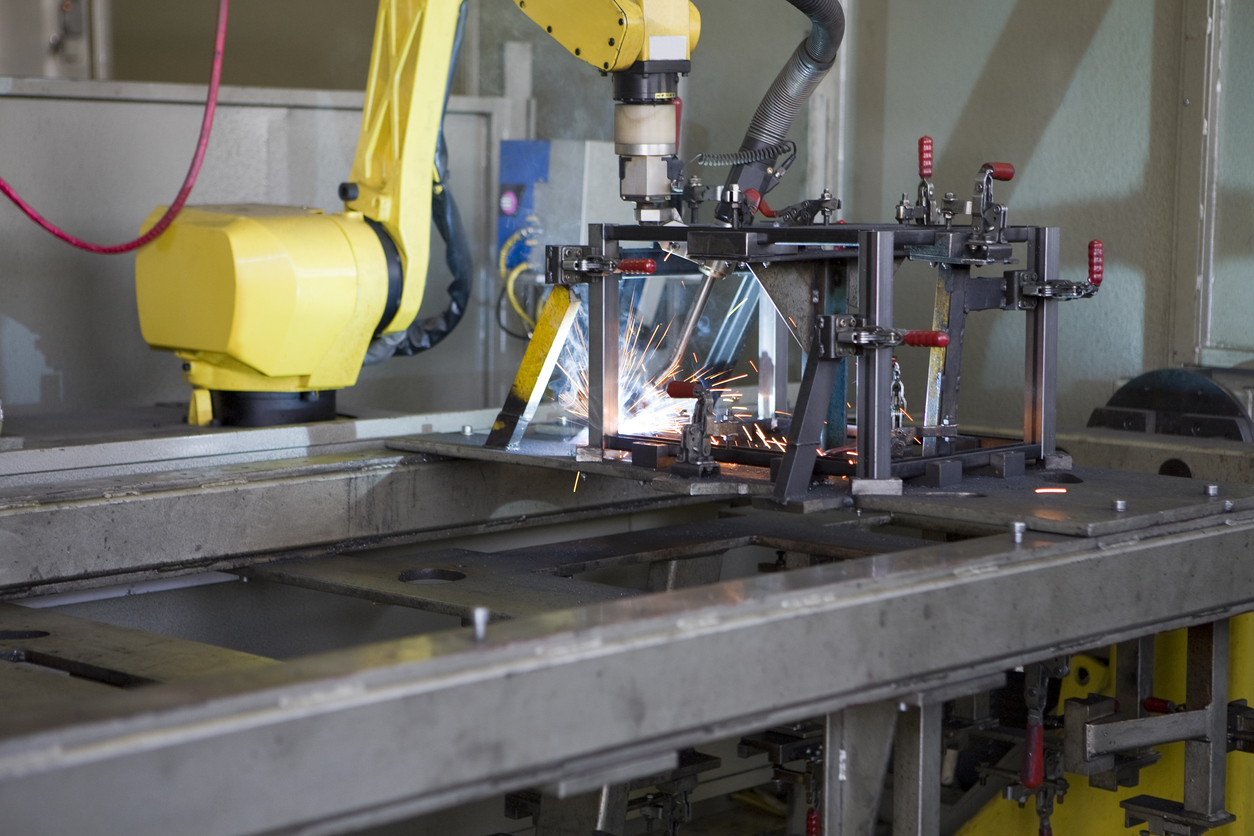Knowing When to Use Sensors for Robotic Welding
Knowing When to Use Sensors for Robotic Welding

Robotic welding is a powerful technology that brings precision and efficiency to manufacturing processes. However, even the most advanced robotic systems can benefit from the addition of sensors, which provide real-time feedback and enhance the robot’s ability to adapt to changing conditions. By integrating sensors into a robotic welding system, manufacturers can improve accuracy, reduce errors, and increase overall productivity.
With a wide range of sensor technologies available, it's important to understand when and how to use them effectively. Choosing the right type of sensor depends on factors such as part complexity, production volume, and the level of precision required. Each sensor type has its own advantages and limitations, so selecting the best option for your specific application is key to maximizing the return on investment.
Types of Robotic Welding Sensors
As robotic welding has become more prevalent across various industries, different types of sensors have been developed to address common challenges. Here are some of the most commonly used sensors in robotic welding:
- Touch Sensors: These sensors work by making physical contact between the welding torch and a pre-defined point on the part. This helps the robot accurately locate the weld position, especially in applications where precision is critical.
- Arc Sensors (Seam Tracking): Used primarily in arc welding, these sensors monitor the welding process and detect deviations from the programmed path. They help maintain consistent weld quality by adjusting the robot’s movement in real time.
- 2D and 3D Vision Sensors: These advanced vision systems allow robots to "see" the workpiece and identify the correct welding location. Although they can be affected by the intense light from the welding arc, they are highly effective in guiding the robot and reducing errors.
While there are many other sensor technologies available, these three are among the most widely used in robotic welding applications.
When Does It Make Sense to Invest in Robotic Welding Sensors?
Sensors are particularly beneficial in environments with high part variety or complex geometries. If your production involves multiple part designs or irregular shapes, sensors can significantly improve the robot’s ability to adapt and perform consistently. Additionally, if there are inconsistencies in how parts are presented to the robot—such as variations in positioning or alignment—sensors can compensate for these issues and ensure accurate, repeatable welds.
However, it's essential to evaluate the cost-benefit ratio before making an investment. The decision to implement sensors should be based on whether the expected improvements in productivity and quality justify the initial expense. In high-volume or high-precision applications, the long-term benefits often outweigh the upfront costs.
If you're looking to optimize your robotic welding system, consider consulting with experts in robotic integration. Companies like Genesis Systems have extensive experience in designing and implementing robotic welding solutions that maximize efficiency and performance. With over 35 years of industry leadership, they have helped countless manufacturers achieve higher productivity through advanced automation technologies.
Posted in Robotic WeldingEectric Scooter,Electric Motorcycle With Seat,E Scooter,Ev Scooter
Wuxi Yizhiling Locomotive Development Co. LTD , https://www.yizhilingev.com